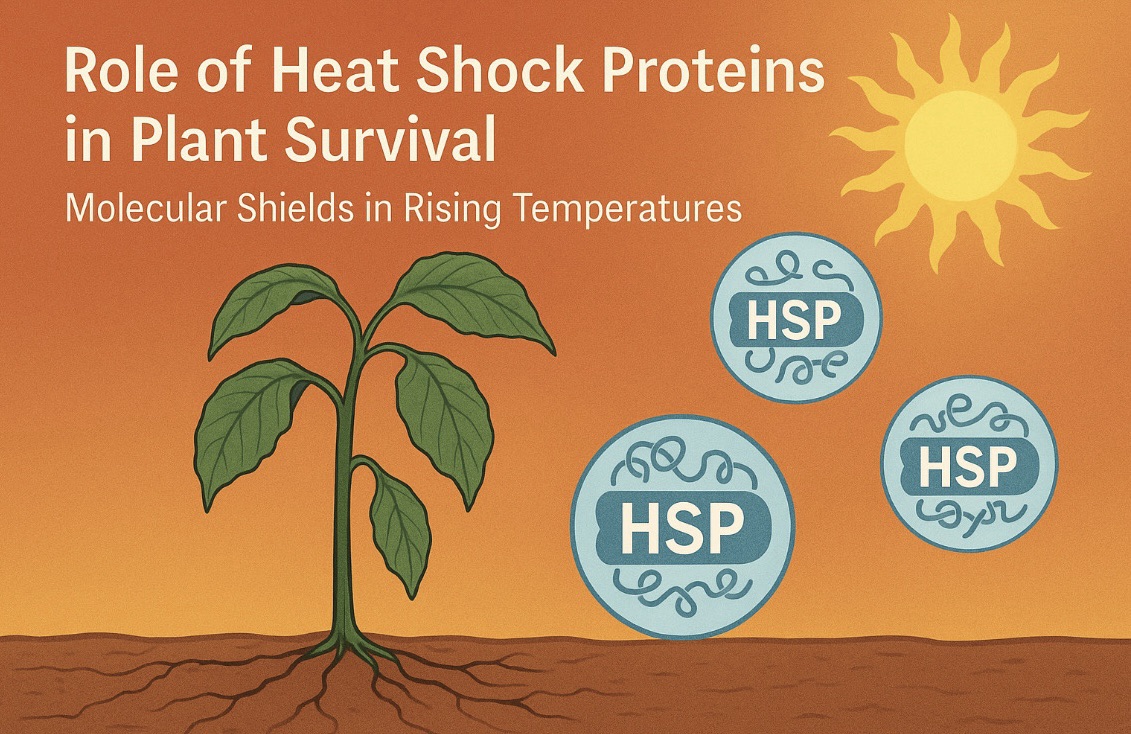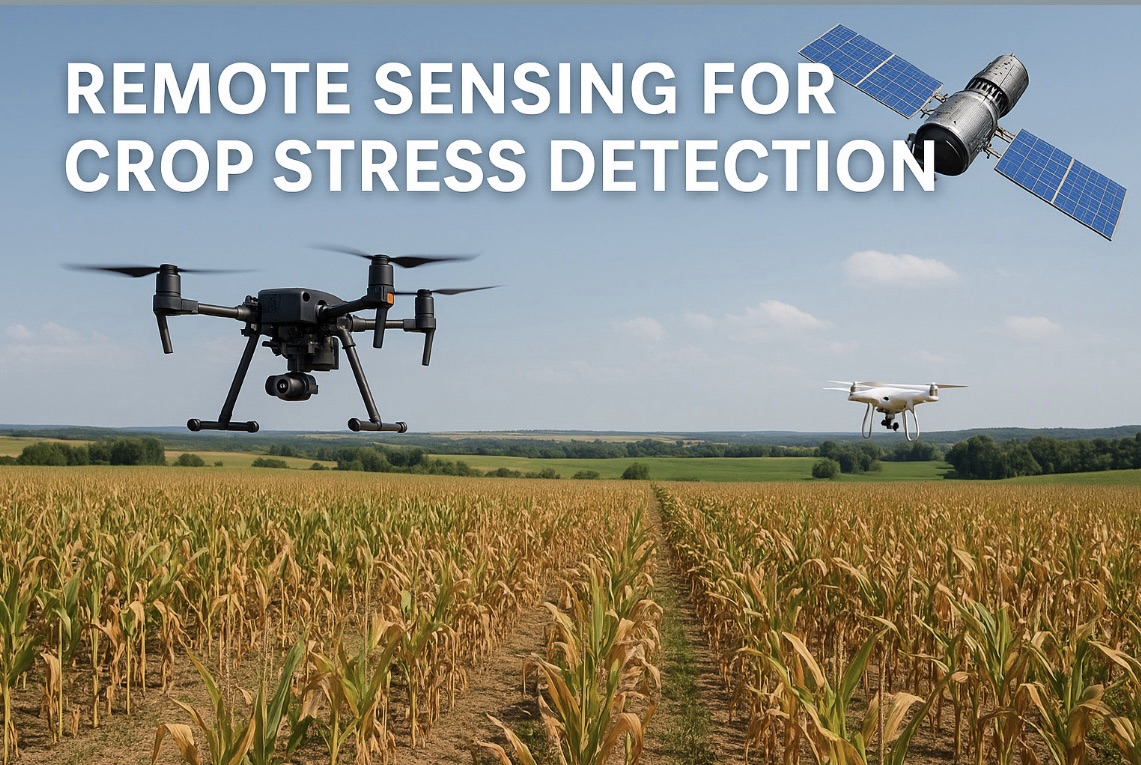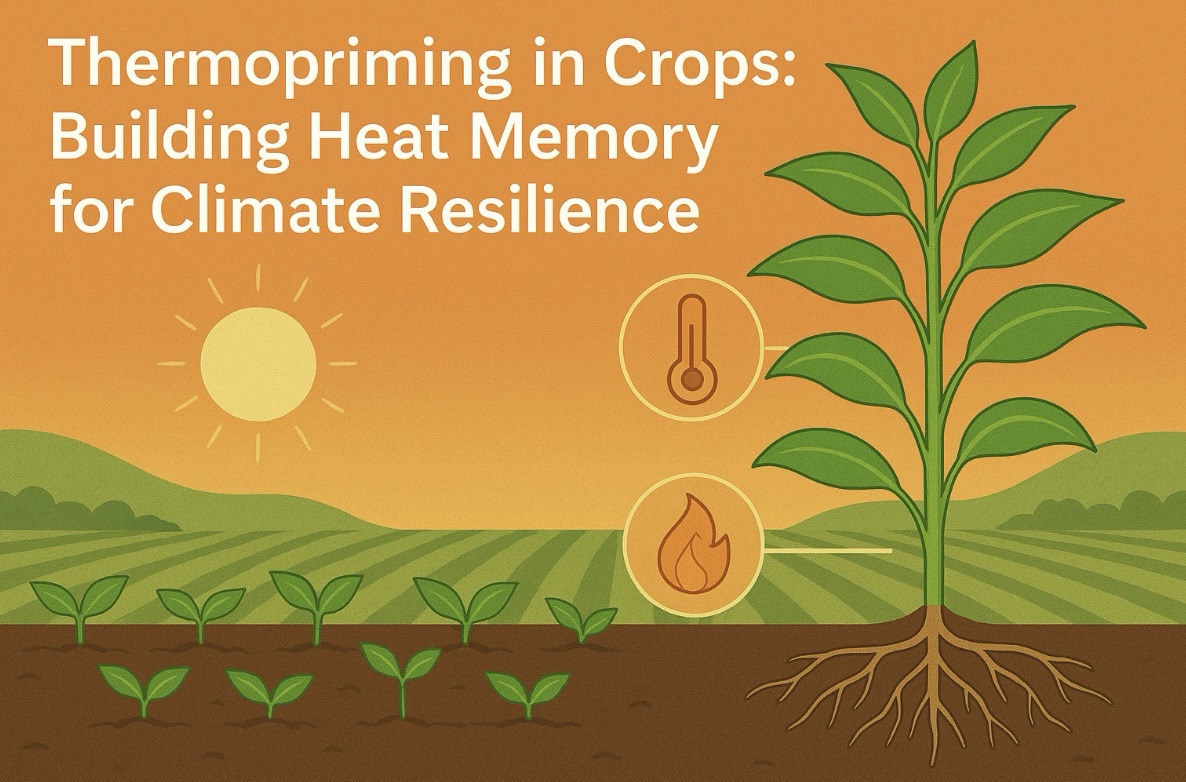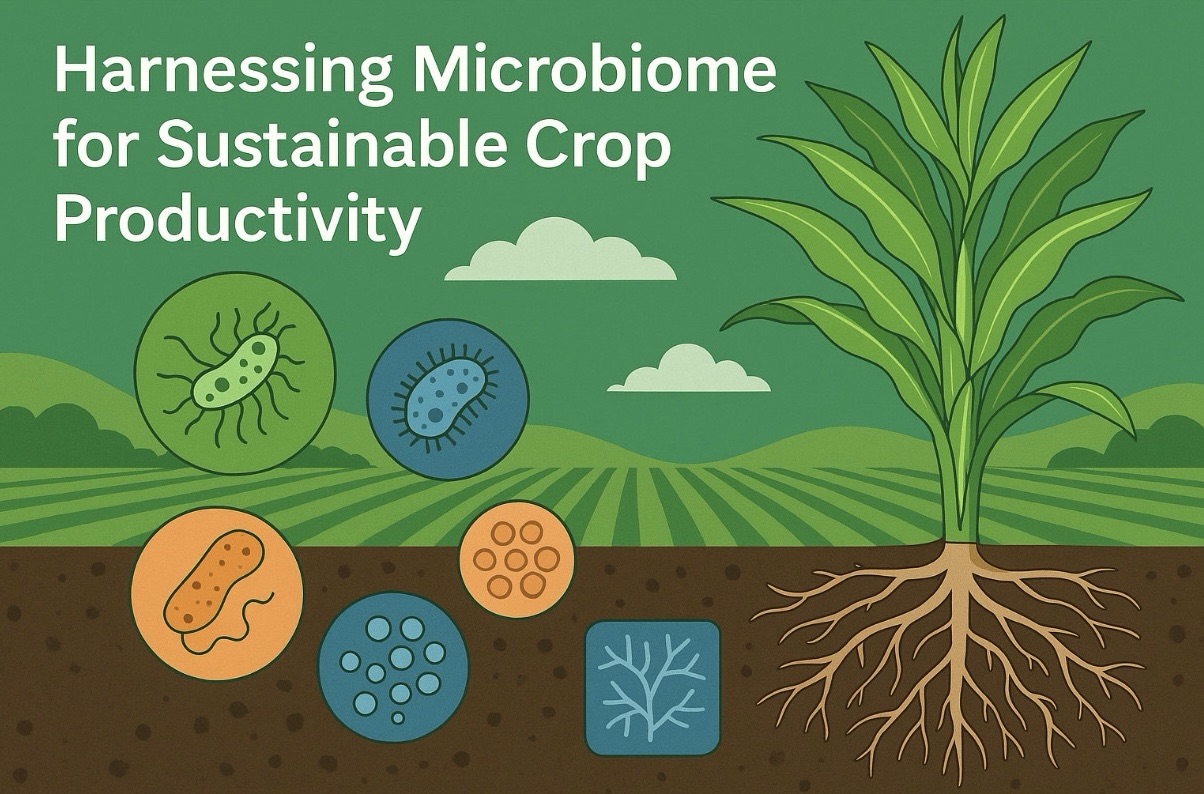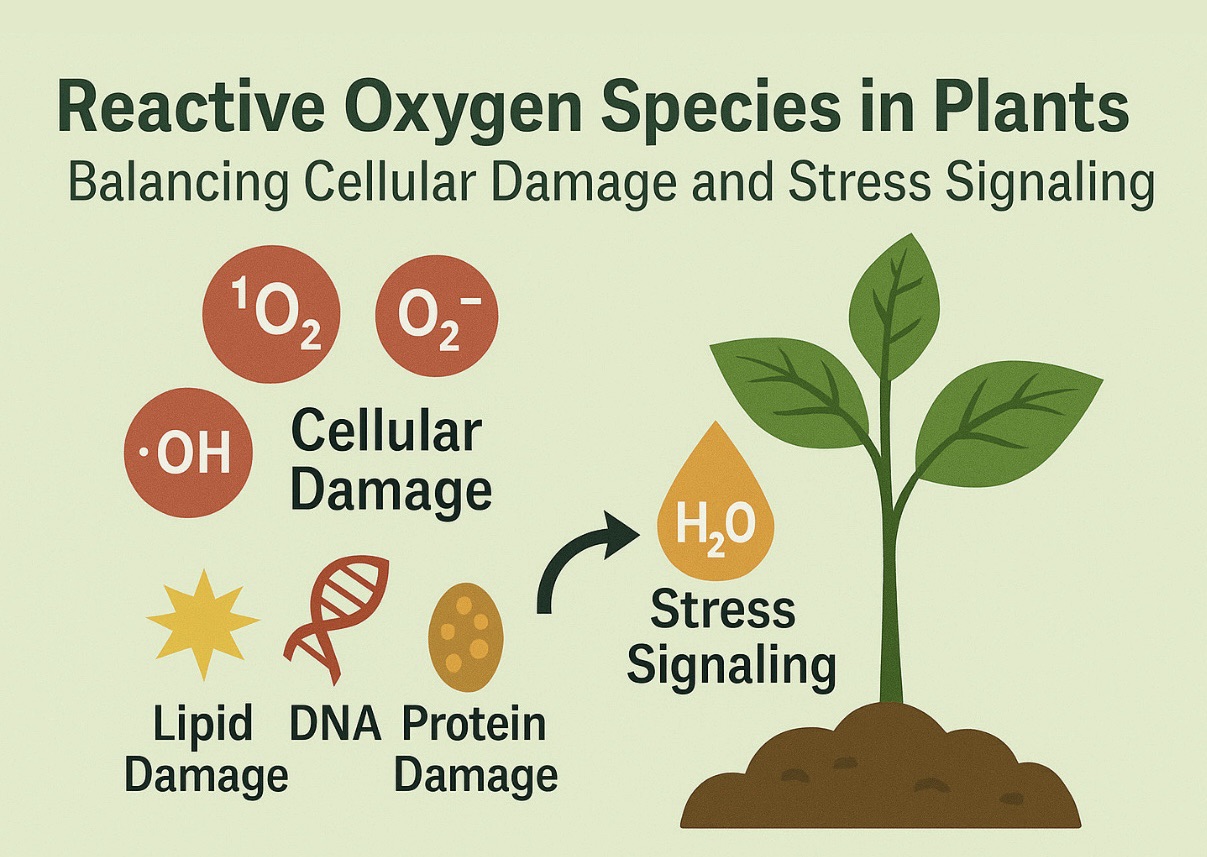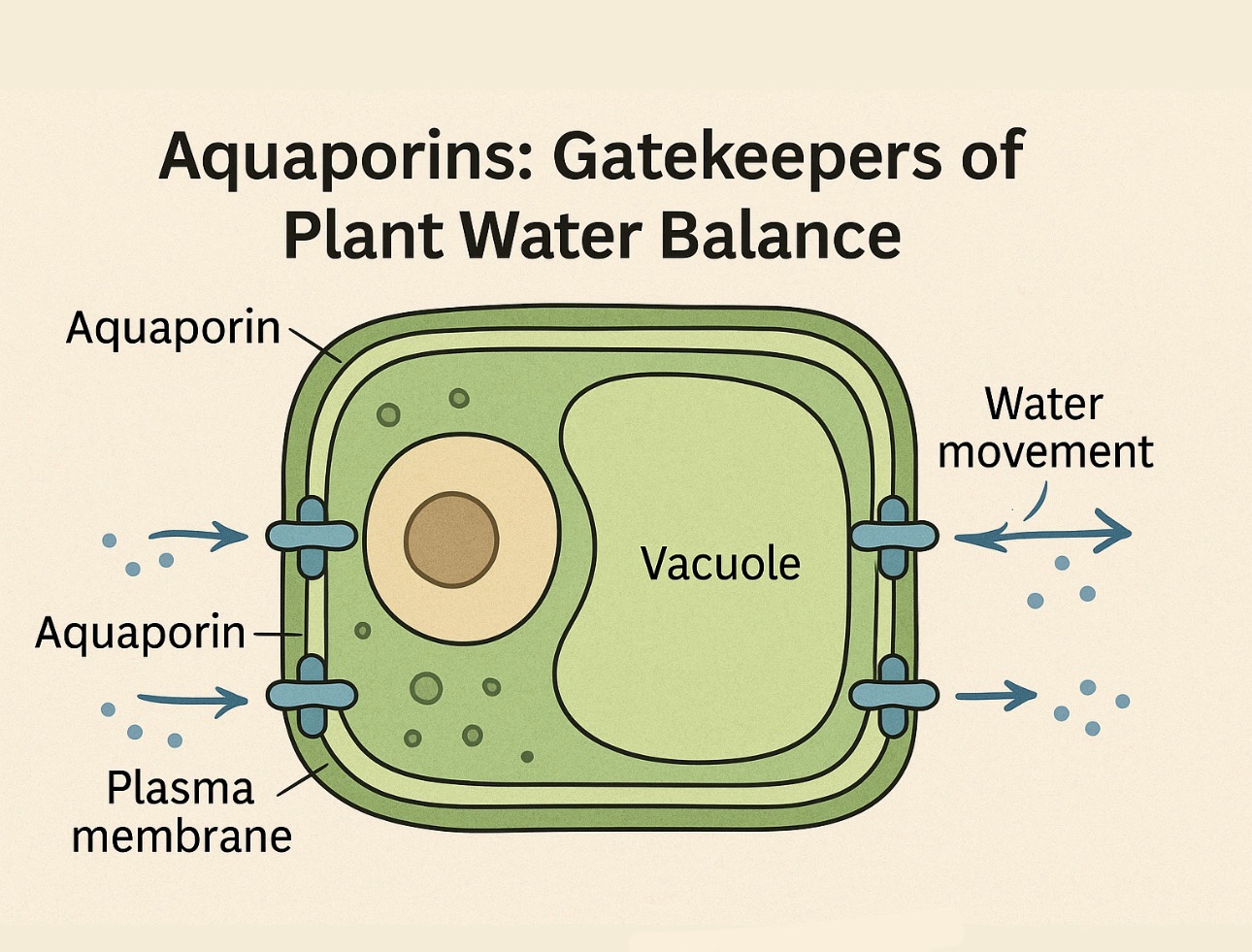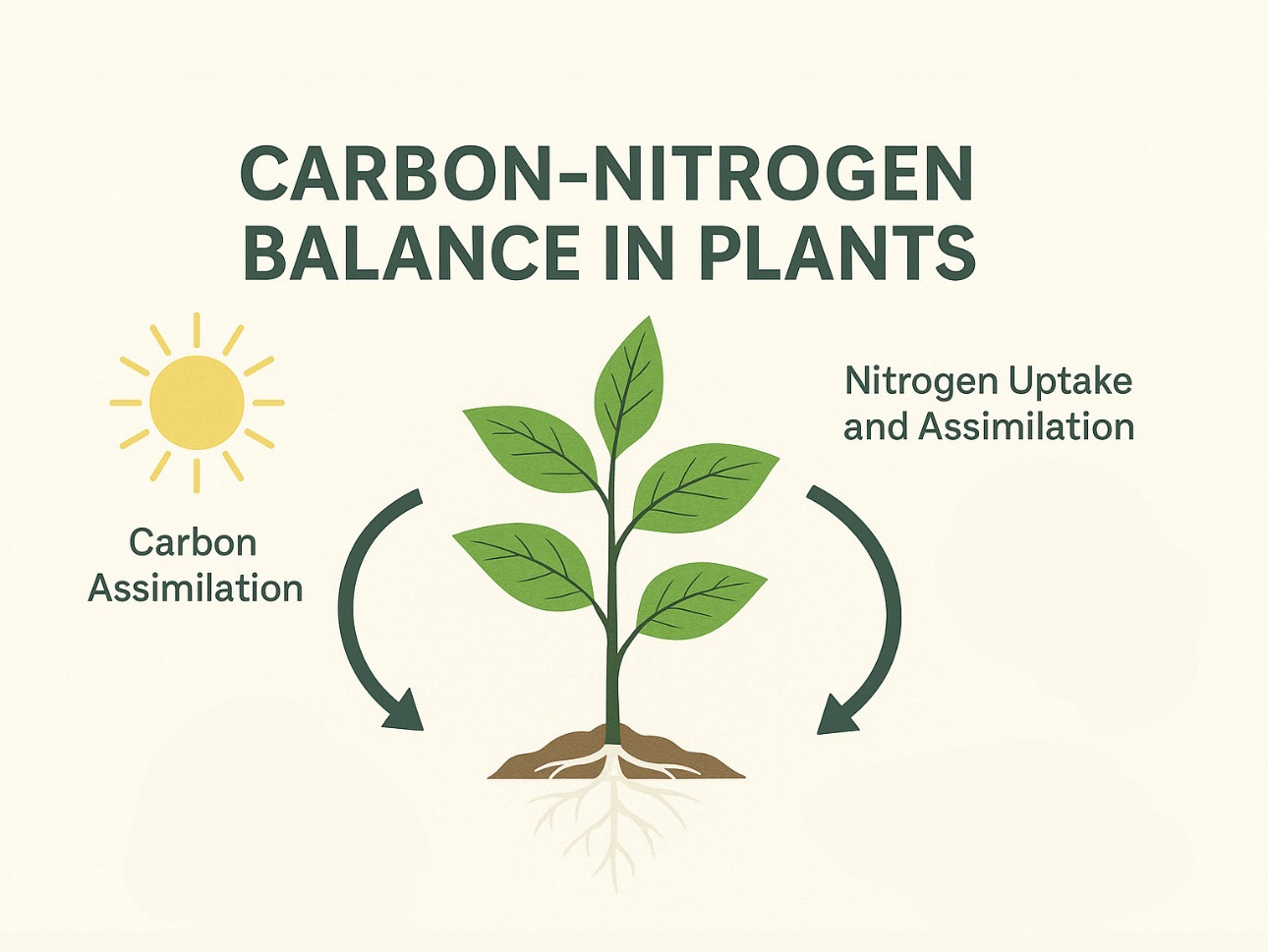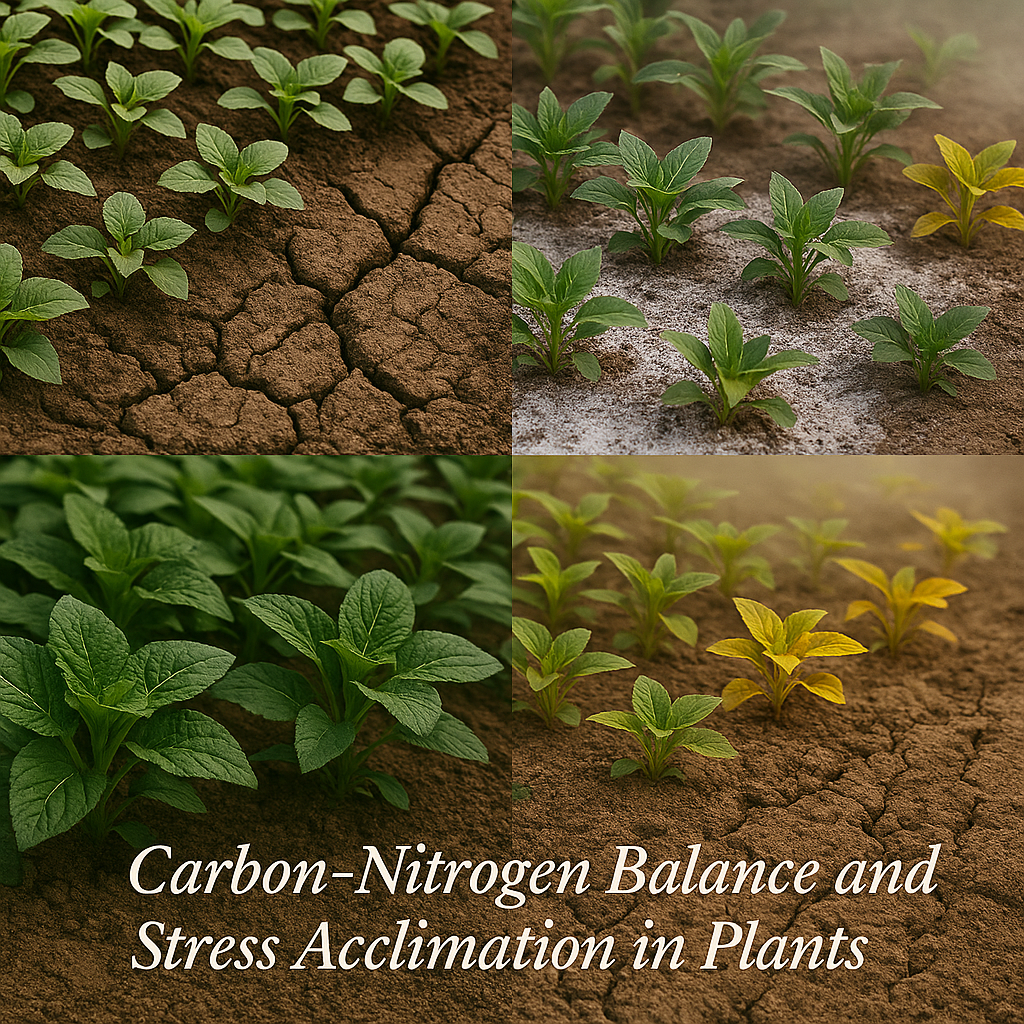10 min read
0
Role of Heat Shock Proteins in Plant Survival: Molecular Shields in Rising Temperatures
Plants are remarkably resilient organisms that are perpetually adapting to a dynamic and often hostile environment. Among the myriad environmental factors challenging plant growth and productivity, high temperature stress has emerged as one of the most critical, especially in the…






